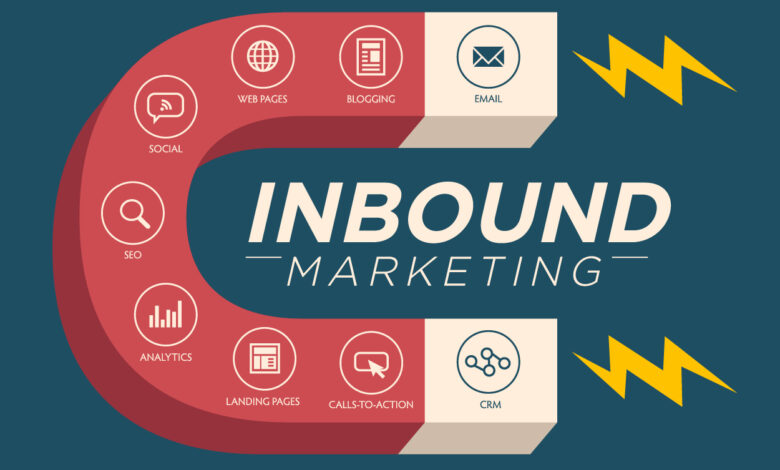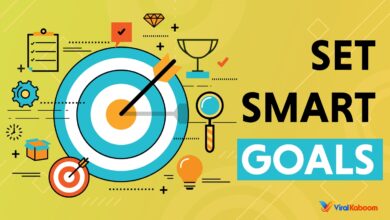What is Inbound Marketing and how to apply it in your business

Have you ever walked down the street and been interrupted to be handed a brochure? Have you been willing to watch a video on YouTube just to support an ad you can’t skip? Well, those actions are NOT Inbound Marketing because they are marketing actions that are based on the interruption of the consumer’s day to day.
The fight between brands is based on seeing who gets the most attention with a message disruptive enough for people to slow down and listen. The problem is that, according to Seth Godin in his book Permission Marketing,”the average consumer sees more than a million different messages per year.”
Among that tidal wave of messages, there is also your brand, trying to stand out from the ads that your potential client receives. A bit complicated, isn’t it?
This is how traditional marketing that we are used to works, but the philosophy of Inbound Marketing is based on attracting versus interrupting. It is about offering value (content) so that your potential client finds you when he is looking for how to solve a need he has. And there are three of the biggest differences with traditional marketing:
- Offer value versus just an advertising message. The focus is born from what your customer wants or needs and not from your brand or product.
- Let him find you versus going out to interrupt him everywhere
- When he detects your need versus trying to create or remind you of your need at any time.
Imagine a mother who is thinking that in a month’s time it is her son’s birthday and wants to prepare the celebration. Go to Google and search for “Ideas for a 6-year birthday.” Several results appear, one of which is “10 original ideas to celebrate a 6-year birthday”. Perfect! Just what you’re looking for.
He enters the link and it is a blog where they give him several ideas that he loves. They offer you valuable content when you need it.
The blog is from a children’s party room, so at the end of the article they offer to leave the email in exchange for a video with a virtual tour. He leaves the mail because he liked what he read and wants to know more about the place.
He found the room through the content he was offered. They didn’t interrupt her with an ad when she wasn’t ready to listen to it, they showed up where she was looking with relevant and useful content.
She found the mark, the brand did not go out to look for her.
They send her the video and two days later they contact her again to know what she thought and if she is still not convinced to invite her to meet the place in person. Accept the invitation, they arrange an appointment and visit the place where they show you all the facilities and tell you what packages they offer. Choose one you like. The sale is finalized after having accompanied it through the entire process from the time it detected its need until it was ready to buy.
In each part of the process they accompanied her with information and useful content: from the Blog article and the video with the virtual tour to the phone call and the face-to-face visit.
This is how Inbound Marketing works
The client detects the need he has. The brand responds with valuable, relevant and useful content. And so the first contact is achieved.
The goal of that first contact is not the sale. We don’t try to sell as soon as we know someone, just as no one proposes marriage on the first date.
That first contact triggers a series of more interactions with the aim of guiding that potential customer in their decision process until they are ready to buy.
Inbound Marketing is a marketing philosophy focused on the other: on listening and knowing your ideal customer,offering relevant content, accompanying them throughout their decision cycle until they are ready to buy.
A marketing philosophy with less ego, more personalized and that requires more time and patience. But in return it is much more efficient, long-term and will allow you to create more lasting relationships and boost your sales.
In a world where we have more and more interruptions, more options, more messages, more stimuli, more everything. Inbound Marketing appears as an alternative to build authentic relationships with your customers.
Stop screaming so that they see your brand competing with thousands of other screams per day, but speak lower but in the ear of those who really want to listen.
Leveraging the digital world to return to a more personalized marketing style. Accompanying your potential client from where they are instead of trying to push them where you want them to go.
Treating your customers like any other important relationship: genuinely interested and betting on the long term.
Because in the end it takes two for a relationship and without customers there is no business.
Are you ready to apply this marketing philosophy to your business?
It doesn’t mean you have to have everything ready now, but as with any change, the first thing is that you decide if this is the type of marketing and relationships you want to build with your customers and for your business.
That is the first step and from there you will put together the rest!












3 Comments